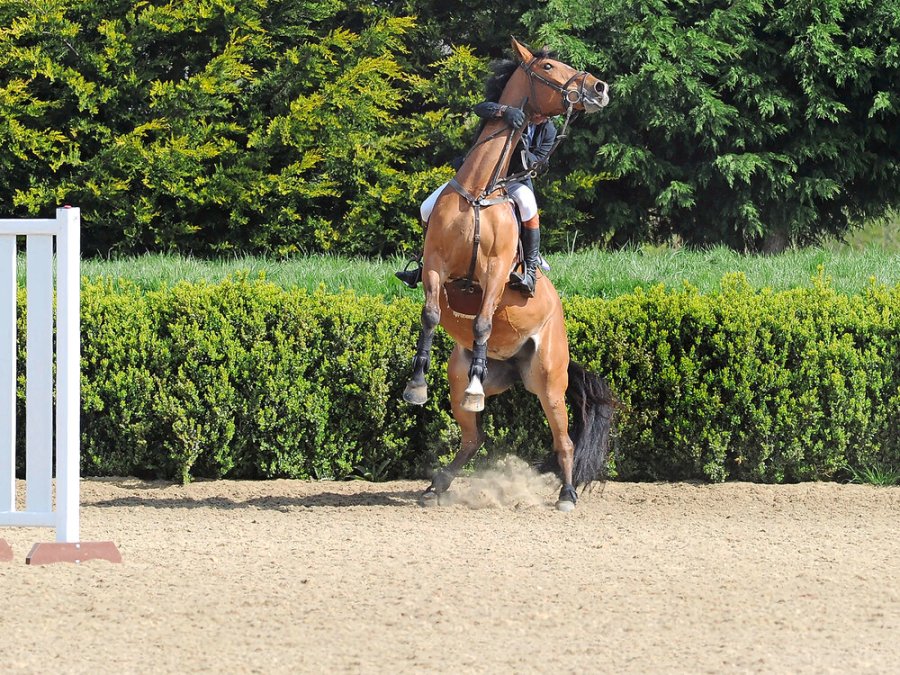We all have limits — and so do horses, who will often react after an accumulation of stressful experiences. Ross Cooper, an equine psychologist, reveals how to spot the tell-tale signs of a tense horse.
When a horse reacts, in his owner’s eyes, to no obvious cause, this can be the result of a behavioural concept known as ‘trigger stacking’.
Trigger stacking is when a series of multiple stressors or stressful scenarios are encountered over a short space of time, stacking one on top of the other — little things adding up to one big thing. It’s more than just a spook, yet a spook can be a contributing factor.
The behaviour the horse shows as a result of an accumulation of these triggers varies widely, although it isn’t necessarily showcased as an extreme or reactive behaviour. It differs with each individual and is often the reason a behaviour is assumed to have presented itself for no apparent cause as an over-reaction. But there’s always a reason!
When certain events or stressors are present, separated by time, they can be tolerated and so they stay within an individual horse’s level of tolerance.
But faced with too many worrying or fearful stimuli, a horse who has been unable to release tension and feel comfortable from a previous scenario pushes towards and past the threshold of what he can handle. When he can no longer take any more, he reacts.
Working with the stacking effect
So, can trigger stacking be avoided? The truth is that it can’t. A certain level of stress is present in the lives of many domesticated horses given the extremes of what we ask of them.
Even the most well-trained horse has his limitations. However, it is possible to develop your horse to think through a situation, building his confidence and resilience to external stressors with the correct training so that he doesn’t feel overwhelmed and fearful with what he meets out in the world. So a certain trigger can be avoided, but the stacking can’t.
While a response due to trigger stacking can seem to present itself at random, the signs prior to a horse’s reactionary limit are externally there and visible. This is where the key lies to successfully working with the stacking effect.
Every horse presents his emotional and internal thought process through visual means. This is one of the few ways in which he is able to communicate.
This includes the early onset of stress, which manifests itself in various physical expressions and behaviours.
Some horses, unfortunately, have had to learn that their subtleties are lost on their humans — having to express themselves through more extreme behaviours, such as bucking, striking or rearing, is therefore caused by our failure to see and listen in the first place. It’s an injustice to the horse.
Subtle stacking signs
- A change in response to the question.
- A varying change in gait.
- Rapid or shallow breathing.
- Tension through the body.
- A change in facial expression.
- Spooking or reactivity.
- Presence of sclera (whites of the eyes)
Find out how to elevate this threshold in the latest issue of Your Horse, out now.
Don’t miss the latest issue of Your Horse Magazine, jam-packed with training and veterinary advice, horse-care tips and the latest equestrian products, available now.









